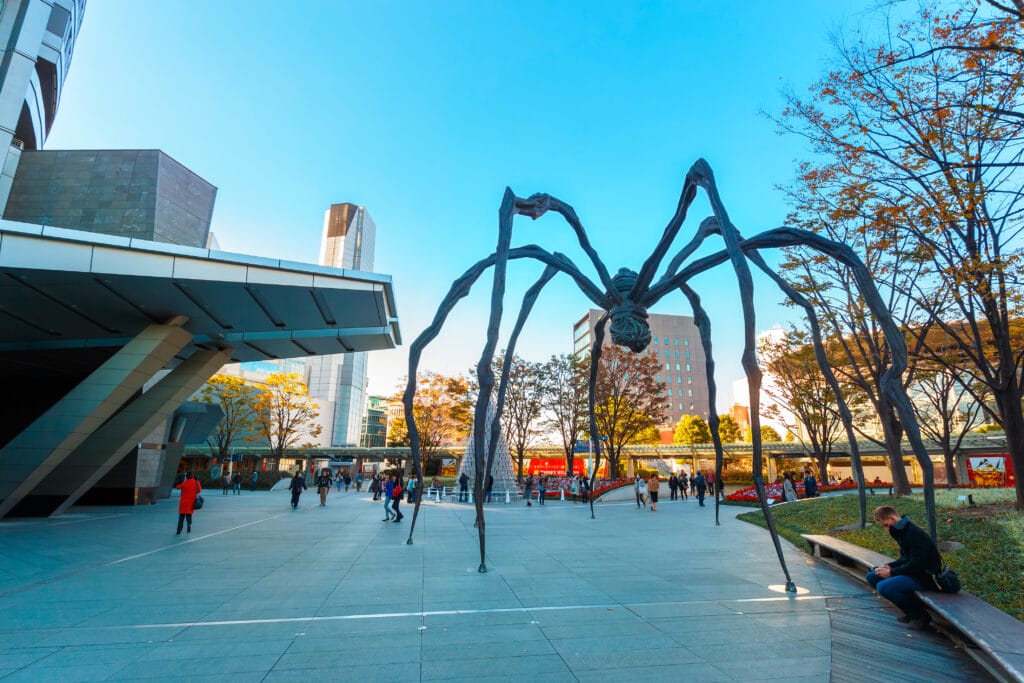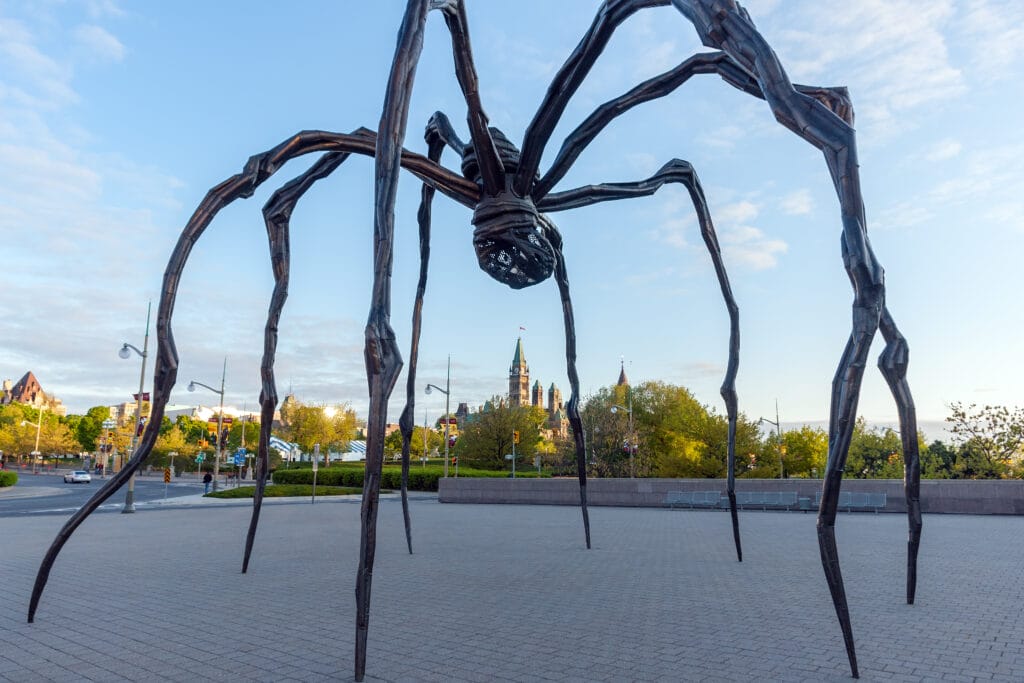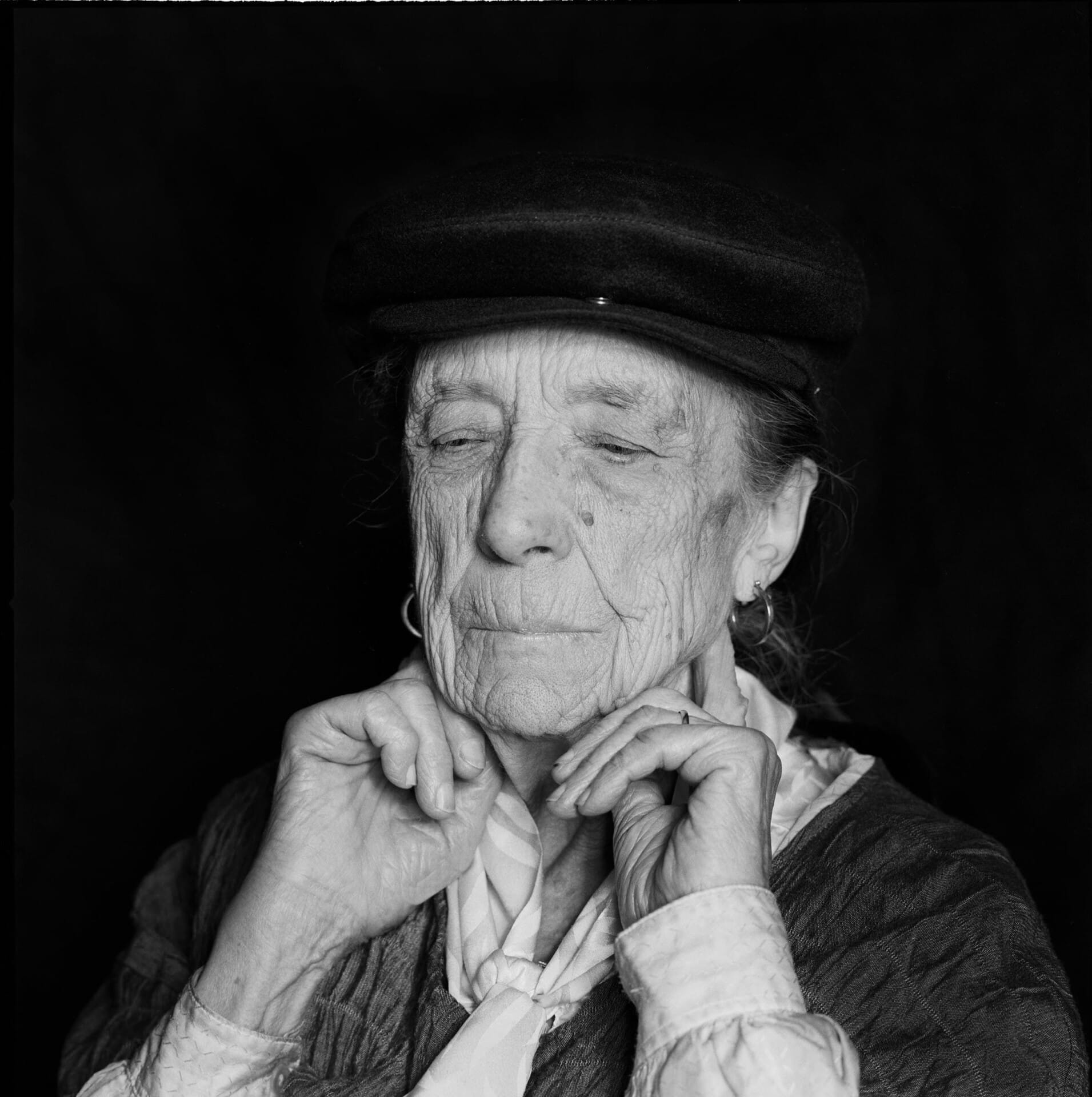Louise Bourgeois was a revolutionary sculptor who had an immense impact on the art world.
She is best known for her large-scale sculptures and installations, which combined elements of surrealism, surreal autobiography and psychological symbolism. Her work is often seen as a commentary on the female experience, incorporating themes such as abandonment, repression and fear.
Louise’s life story is just as fascinating as her artwork. She was born in France in 1911 and spent her early life traveling around Europe before settling in New York City in 1938. She struggled to make it as an artist until she reached her late 70s, when she finally gained recognition from major galleries and institutions such as the Museum of Modern Art (MoMA).
In this article, we’ll take a look at Louise Bourgeois’ unique life story and examine the incredible sculptures she created during her long career.

Early Life in France: The Formative Years
Louise Bourgeois was born in Paris, France, on December 25th 1911. She was the middle child and only daughter of a family of five children. Her father, Joseph Bourgeois, was a tapestry restorer and her mother, Joséphine Fauriaux, was a painter and embroiderer. From an early age Louise found solace in drawing and textile work both in her home environment and at her parent’s workshops where she learned from artisans. The skills she acquired there would inform her creative practice throughout her life; something that set it apart from other contemporary sculptors of the time.
The family moved to Choisy-le-Roi in the Val-de-Marne region of France when Louise was three years old. There she found joy not only in her creative pursuits but also in the natural environment that surrounded her home. It is this connection to nature which can be seen throughout her life’s work as she incorporates elements such as birds, trees and bugs into many of her sculptures.
These early years provided Louise with a formative introduction to art which had an impact that echoed throughout all of her future works; from small-scale textile pieces to some monumental sculptures constructed later on. She would later draw heavily on these formative years–and particularly the influence of her father–to create works that remain captivating to this day.
Moving to New York: Finding Her Artistic Voice

Moving to New York in 1938 was a pivotal moment in Louise Bourgeois’ life and art. Not only did she learn of the abstract movements of the time—Futurism, Constructivism, and Surrealism—but also encountered the Pop Art that was soon to come.
From New York, Bourgeois found her own creative voice. She experimented with sculpture, printmaking, and photography inspired by the art movements that she came across, but evolved these techniques into something that was distinctively her own. Her sculptures were both abstract and figurative–alluding to objects found around her home, such as an armchair or a bed–but charged with psychological power. By blurring the boundaries between abstraction and representational sculpture, she created a unique visual language that stood out within the contemporary art world.
Her work went on to inspire artists of later generations such as Cindy Sherman or Damien Hirst, making Bourgeois a true revolutionary in the modern art scene.
Themes of Her Work: Childhood, Sexuality and Psychoanalysis

Louise Bourgeois explored themes of childhood, sexuality and psychoanalysis in her artwork. Much of her work dealt with the relationship between people and their surroundings, exploring issues of power dynamics, gender roles and identity. Through her sculptures, she encouraged audiences to consider how their past experiences informed how they saw the world.
Childhood
Bourgeois’ works often feature childhood imagery – toys, dolls and animals – as a way to express the universal experience of childhood. She was particularly interested in how memories of past experiences shape our identity and our view of the world. Some of her most famous works incorporate childhood objects into narratives about fear, anxiety and identity formation.
Sexuality
Bourgeois also explored sexuality in her work, particularly as it related to gender roles. Her sculptures often featured phallic objects or exaggerated representations of breasts as a way to challenge traditional notions of femininity and masculinity. She depicted powerful sexual imagery that challenged viewers to reassess what power dynamics were at play in their lives.
Psychoanalysis
Bourgeois’ work often drew on psychoanalysis – the study of the mind through examining unconscious states – as a way to explore identity formation and understand how people relate to one another. She used symbols such as spiders or nests as metaphors for family relationships or personal anxieties that spoke to a larger psychological narrative about human behavior.
Notable Works: Maman, Spider and Cells

Louise Bourgeois was known for her distinct and daring sculptures. She created a number of works throughout her lifetime, but perhaps the most famous ones are Maman, Spider and Cells. Here’s a look at each of these revolutionary creations:
Maman
Maman—French for “mother”—is one of Bourgeois’ most iconic works. The sculpture stands at an impressive 30 feet tall, with a giant steel spider body and eight bronze legs. It houses a pile of white egg sacs and was designed to symbolize protection, comfort and security.
Spider
Bourgeois’ Spider is another huge outdoor sculpture made from bronze and stainless steel. Dubbed “The Mother of All Arachnids,” this brilliant piece stands at 8 meters tall and is said to be inspired by the artist’s own mother who used to sew for a living.
Cells
Cells is an interactive installation housing a variety of objects — particularly items related to childhood memories — in differently sized enclosures or cells made from steel frameworks filled with Plexiglas panels. Each cell signals something special in Bourgeouis’ life such as love, fear or anger – all the emotions of a life lived full.
Critical Acclaim and Recognition
Louise Bourgeois’s work has been praised for its unique exploration of themes such as sexuality, identity, and the body. She received numerous awards and honors throughout her life, including her membership in the American Academy of Arts and Letters, an honorary doctorate of fine arts from Harvard University, and the International Sculpture Center’s Lifetime Achievement Award.
Her legacy continues to be celebrated posthumously, with major retrospectives at the Center Pompidou in Paris, Tate Modern in London, and MoMA in New York City. In 1999, she became one of the few sculptors to ever receive a solo exhibition at the Louvre.
Bourgeois is widely considered one of the most influential artists of her time – a masterful sculptor whose work continues to inspire generations of artists. Her inclusion in popular culture is seen in works like Damien Hirst’s “Love Lost,” which was inspired by Bourgeois’ “The Destruction of Father.”
Legacy and Influence on Contemporary Art
Louise Bourgeois was a revolutionary sculptor who left an indelible mark on the art world. Her works, which focused on themes of pain and anger, have served as a critical influence on contemporary art today.
Her work explored issues such as gender roles, motherhood, and psychoanalytic theories – all topics that remain relevant to this day. Her use of non-traditional materials such as latex, marble and glass challenged the status quo of traditional sculpture and pushed boundaries in both technique and expression.
Bourgeois’ legacy has endured long after her death in 2010, thanks to numerous exhibitions around the world and multiple retrospectives organized by major museums. Her work has had a lasting impact on modern art, inspiring several generations of artists with her pioneering vision and unique style.
Louise Bourgeois was one of the most important sculptors of the twentieth century. Her works of art challenged traditional perceptions of femininity, explored issues of identity and sexuality, and pushed the boundaries of sculpture. Throughout her career, she never stopped pushing and growing as an artist, continually striving to create works that were unique, thought-provoking, and powerful. Her legacy as an artist lives on today, and her works of art remain an inspiration to many.
